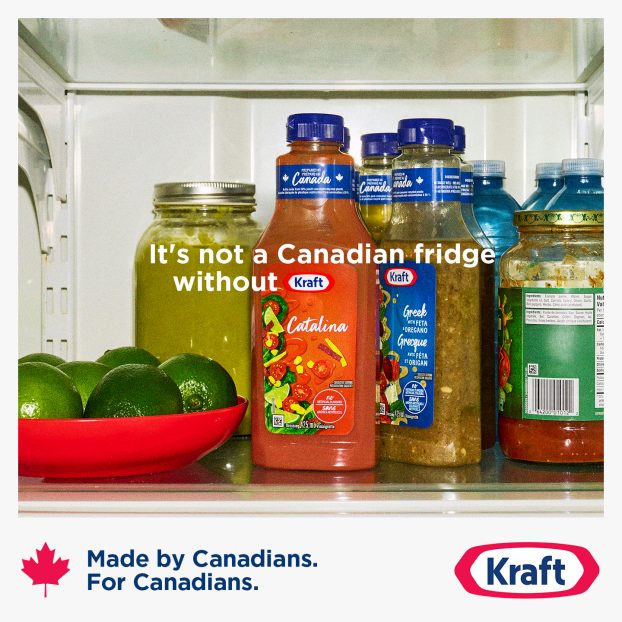No question that direct-to-consumer prescription drug advertising is becoming more visible. Nevertheless, the ban against Rx advertising set out in the Food and Drugs Act remains in effect – with its two exemptions: essentially, that you can provide the name of a brand or say what a drug does, but not both at the same time. Recently, Health Canada issued two policy statements that underscore the ban. Notably, regulators have made it very clear that they will assess entire advertising campaigns and, in certain cases, the proximity of two otherwise legal ads will render both illegal.
Although the law in Canada hasn’t changed, the environment has. The most visible change is the deluge of U.S. drug ads with their long recitals of unappealing side effects and contraindications – the U.S. has had more liberal laws for the past few years, and Health Canada is not about to try to contain spillover advertising.
And then, of course, there’s the Internet, which changes everything. With a good search engine you can find out everything you want about any drug – even the experimental ones. Moreover, Internet pharmacies will sell you almost anything, albeit often illegally.
The other significant change is a demographic one. Baby Boomers are getting older and no one expects this generation to age gracefully. Baby Boomers will certainly seek out and acquire as many drugs as needed to stem the appearance and maladies of advancing middle age.
And so we find ourselves in interesting times with an antiquated set of laws. If you advertise the brand name of a prescription drug, you can talk about the price and quantity of the drug. This exemption was intended to allow comparison shopping at point of sale. In all my years at pharmacy counters, I have never seen a comparative price chart. So much for that exemption.
The other exemption is somewhat amorphous. The Food and Drugs Act prohibits prescription drug ‘advertising,’ though messages considered ‘non promotional’ by Health Canada are permissible. This has led to a great deal of clever ‘disease awareness’ campaigns. The basic rule – which has many permutations – is this: You can advertise the brand name of a prescription drug if you do not talk about its indications. Conversely, you can talk about indications in unbranded ‘non promotional’ material. In the happy case where your brand name doubles as something else – like the woman’s name in the Diane 35 campaign involving a birth control pill/acne medication – you may be able to get away with both.
One of the recent Health Canada policy statements deals with ad campaigns that combine unbranded ‘informational’ messages and branded ‘silent’ ads in such a way that consumers can link the brand name with the disease it treats. God forbid we should know what product is being advertised in those mysterious ‘Public Service’ ads about weight loss, problem skin, smoking cessation, erectile dysfunction and male pattern baldness.
Not surprisingly, the prescription drugs that are pushing the edge of the envelope are ‘lifestyle’ drugs (I use the term loosely), such as Zyban, Xenical, Rogaine, Diane 35, Accutane and Viagra. All of these drugs treat medical conditions such as nicotine addiction, thinning hair, obesity and impotence, which have a strong emotional overlay. Consumers are presumably more likely to seek specific treatments when their ‘disease’ is visible, accessible, and impinges on their vanity. On the other hand, if a disease is hidden, complicated and/or life threatening, we will continue to defer to our doctors. It is difficult to imagine a conventional marketplace for oncology drugs. Nonetheless this is apparently what the regulators fear: that opening the door to direct-to-consumer Viagra ads will lead to similar ads for anti-psychotic drugs, AIDS medications and the like.
Health Canada has been engaged in a dialogue for many years with stakeholders over whether to liberalise the direct-to-consumer Rx advertising rules. The stakes are high – greater consumer access to a multi-billion dollar per year industry, greater patient participation in healthcare decisions, the commodification of prescription drugs. The interests of the various parties are so divergent that it is difficult to believe anything will ever change.
—————————-
Susan Vogt practises marketing and trademark law at the Toronto offices of Gowling Lafleur Henderson LLP. She can be reached by phone at (416) 862-5439 or by e-mail at susan.vogt@gowlings.com.
Watch for our special report on pharmaceutical marketing in the July 16 issue of Strategy.























